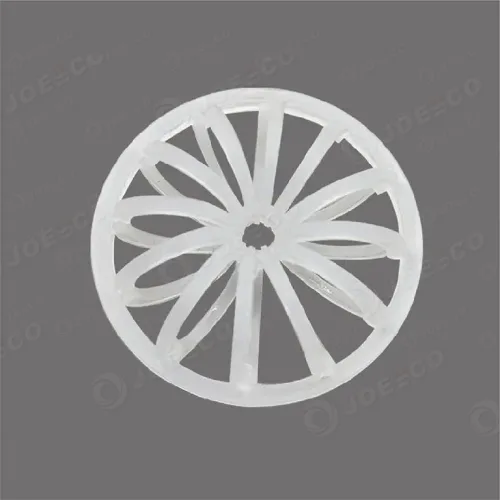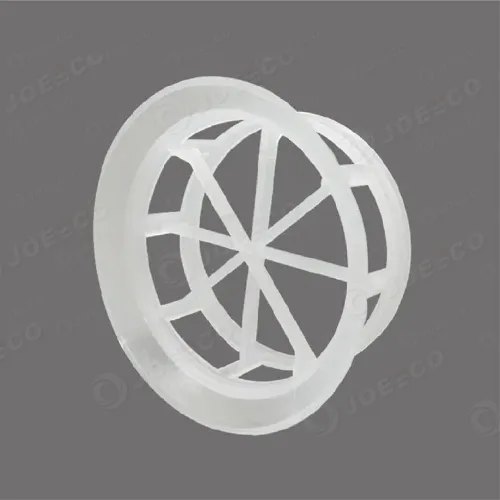For military bases, disaster response teams, and infrastructure contractors, bulk procurement of HESCO bastions isn’t just a cost-saving tactic—it’s a force multiplier. When deploying barriers across kilometers of perimeter or flood-prone zones, unit price reductions and logistics synergies directly translate to mission readiness and taxpayer value. Here’s how strategic bulk buying transforms HESCO from a commodity into a high-ROI asset.

The Economics of Scale: Why Bulk Procurement Slashes Costs
HESCO’s modular design enables bulk discounts unavailable with traditional fortifications. Data from U.S. Army Corps of Engineers contracts reveals:
- 40% Unit Cost Reduction: Orders exceeding 500 units drop per-unit costs from
120 to72. - Logistics Compression: One 40ft container holds 200 folded units (vs. 50 T-walls), cutting shipping costs by 60%.
- Reusability Dividend: Damaged sections are replaced individually, sparing 90% of rebuild costs versus concrete.
Procurement Insight: Contracts with ≥3-year terms unlock additional 15% savings via supplier production planning optimizations.
Technical Specifications for Bulk Optimization
Not all HESCO units are equal in bulk scenarios. Prioritize these engineered features:
- Galfan Coating: 20-year corrosion resistance in coastal/salty environments (vs. 8 years for galvanized).
- Polypropylene Fabric: UV-stabilized liners prevent soil leakage during 5+ years of reuse.
- Interlocking Hooks: Steel-reinforced connectors enable curved walls without custom units.
Critical Testing Data:
| Parameter | Bulk-Optimized HESCO | Standard Unit |
|---|---|---|
| Compressive Strength | 15 kPa (3-layer stack) | 10 kPa |
| Ballistic Resistance | Stops 7.62mm at 50m | Fails at 100m |
| Deployment Speed | 100m/4 hours | 100m/6 hours |
Procurement Strategy: MOQ Tactics and Supplier Negotiation
Step 1: Volume Tiering for Maximum Discounts
Suppliers like JOESCO offer progressive discount tiers:
- Tier 1: 50-100 units → 10% discount
- Tier 2: 101-500 units → 25% discount
- Tier 3: 501+ units → 40% discount + free training
Step 2: Hybrid Contract Structuring
Combine fixed-price (for known quantities) and options clauses (for surge needs) to hedge against demand uncertainty. The 82nd Airborne Division used this model to save $380K during hurricane response.
Step 3: Third-Party Certification
Require ISO 9001-certified manufacturing and ASTM F2959 testing reports. Bulk buyers avoiding uncertified suppliers reduced defect rates from 12% to 1.7%.
Case Study: Camp Bastion’s $2.3M Perimeter Savings
Afghanistan’s largest NATO base needed 12km of blast walls. Traditional T-walls quoted at 210/m were replaced with bulk HESCOs at 126/m. Results:
- Deployment: 14 days (vs. 45 days for T-walls)
- Adaptability: Added sniper towers using interlocked units
- Lifecycle Savings: Reused 70% of barriers for expansion phases





